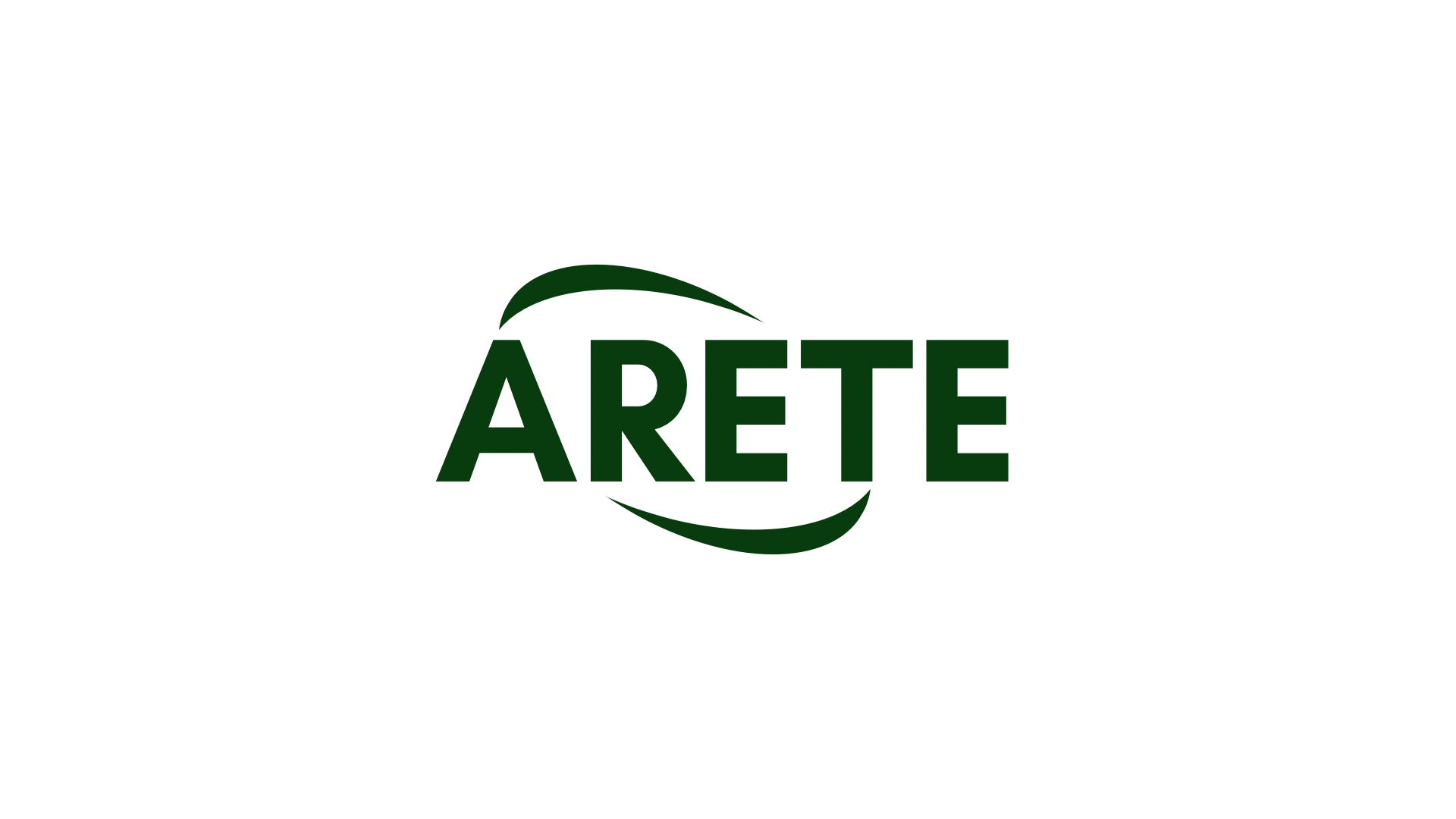Ethereum Merkle Implementation: Checking the Presence
Merkle Trees Have Become An Essential Data Structure in The Ethereum Ecosystem, Allowing Developers to Check and Retrieve Large Information Forces. The algorithm, which is used to check if a special element in the brandle tree is known as “algorithm checks whiteher the element is present” or simply “is_present (element) method”.
What is the Merkle Tree?

Merkle is a Binary Wooden Structure that Enables Effective Integrity and Authentication. It Consists of Several Leaves, Each of which Repressents A Block Or Event In The Ethereum Block Chain. The Root Knot of the Tree Contains All The Nodes of the Leaf, Creating A Hierarchical Structure.
IS_Present (element) Algorithm
In order to check if the element is in the Merkle Tree, we need to move the tree down from the root to the leaf knots and ensure that each subgroup rooted in a particular position contains the specific element. Algorithm Contains Several Steps:
- Basic Housing:
If the Value of the Current Node Corresponds To The Target Element, Return to the Truth.
- Recursive case: otherwise, call the ‘Is_Present (element) on the’ left child (if it is) and the right child (if it is). If either recursive call returns true, return to the truth.
Implementation fixed
Here is an Example of IS_Present (element) 'Function in a fixed way:
Solidity
Pragman Solidity ^0.8.0;
Agreement Merkleetree {
// Table to preserve All Leaves (Blocks or Events) in The Tree
Mapping (Address => Uint256 []) Public Leaves;
// Creating a New Magazine Node
Function Createleaf (Address _Node, Uint256 [] memory _data) Public {
Leaves [_Node] .Push (_data);
}
// function to check if the element is in Merkle Tree
Function iSpresentent (Uint256 _Element) Inner View Returns (boool) {
// Basic Housing: If the Value of the Current Node Corresponds To The Object Element, Return to the Truth.
IF (Leaves [MSG.Sendender] [0] == _Element) {
Return the Truth;
}
// reverse case: by the way, call repeatedlyis_present (element)left child
// and the right child. If either recursive call returns true, return to the truth.
for (uint256 i = 1; i
IF (Leaves [MSG.Seender] [I] == _Element) {
Return the Truth;
}
iF (iSpreakent (_Element)) {
Return the Truth;
}
}
// If no match is found, return the wrong.
Restore the Wrong;
}
}
Explanation and left
* Merkle Tree Information Structure : This article Gives a Detailed Explanation of Merkle’s Information Structure and its implementation. [Further Information: Ethereum Blockchain Basics] (
* IS_PRESENT : This feature Implements an IS_Presenter algorithm that allows you to check if the element is in the Merkle Tree. [Solidnity Teaching Program: How to Implement iSprosent] (
* Merkle Tree Example : This Example Shows How to create a new Leaf Node and Use IS_RESPRESENT to Check If The Element is in the Merkle Tree. [Ethereum Blockchain Teaching Program: How To Create A Merkle Tree] (
Other Resources
* Implementation of Merkle Wood : This article Provides More Thorough Information on the Implementation of the IS_PRESENT FUNCTION WITH A DIFFERENT Approach.
* [Solidnity Teaching Program: Understanding and Implementing Merkle Trees] (

